 LUNAR’clips
2003
Volume 10, Number 1
LUNAR’clips
2003
Volume 10, Number 1
 LUNAR’clips
2003
Volume 10, Number 1
LUNAR’clips
2003
Volume 10, Number 1
Livermore Unit of the National Association of Rocketry January/February 2003
Copyright © 2003 by LUNAR, All rights reserved.
There are four new entrants listed on the XPrize Web site (www.xprize.org) but the two listed here are two of the earlier entrants.
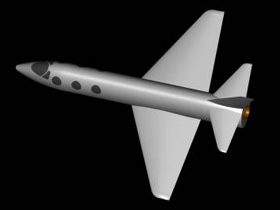
Funtech (or Fundamental Technology Systems) is planning a horizontal all-rocket spaceplane design. The spaceplane (Aurora) takes off on a regular runway, and at 110 knots Aurora is rotated for liftoff. The climb attitude is continually increased to maintain subsonic flight until above 60,000 feet, then at 80,000 feet, with a flight path angle nearly 75 degrees above the horizon, the variable thrust liquid rocket engine is commanded to 100% power. When the main engine cuts out, Aurora coasts in a ballistic trajectory above 350,000 feet. In preparation for reentry, the pilot uses the RCS to orient Aurora into the initial deceleration attitude, and the flight path angle is decreased until a turn-back toward the departure field can be initiated. The best glide profile is commanded until the downwind initial point for landing is achieved.
The team is based in Orlando, Florida, and is led by Ray Nielsen & Jim Toole who are quoted as saying "Somehow back in 1958 while inserting a fuse into our latest test rocket I knew one day I would try something along this line. In spite of numerous first flights during 26 years in the military aerospace business, nothing in that technical career matched the excitement out in that open field. I know now that the only way people like us will ever get a ride into space is to get it started with the help of a competition like the X PRIZE. The X PRIZE is the catalyst that could lead to personal space flight for all who dream about it."
The plan is to tow the lifting body vehicle (Astroliner) to launch altitude behind another aircraft (a Boeing 747), and then fire up the LOX / kerosene rocket motors. After its sub-orbital flight, the craft will return to the landing site and make an unpowered, horizontal landing on a runway. Their Web site (www.kellyspace.com) states that a key design feature of the Astroliner is its incorporation of a variety of existing components -- from airframe structure and propulsion systems to existing guidance, avionics, and thermal protection systems.
The team is based in San Bernadino, California, and is led by Michael Kelly who is quoted as saying "I've witnessed a number of historic happenings in my life and taken part in a few. None has had the potential to change the world to the degree that the X PRIZE does. I congratulate the people of St. Louis for their vision."
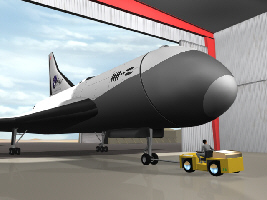
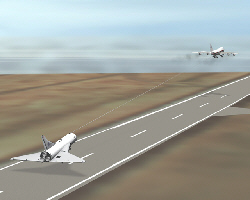
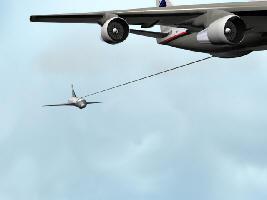
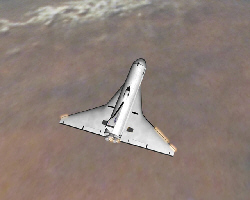

All content is the responsibility of LUNAR.
If you have comments or suggestions regarding these web pages,
please contact the 
Copyright © 1992 - 2025 LUNAR